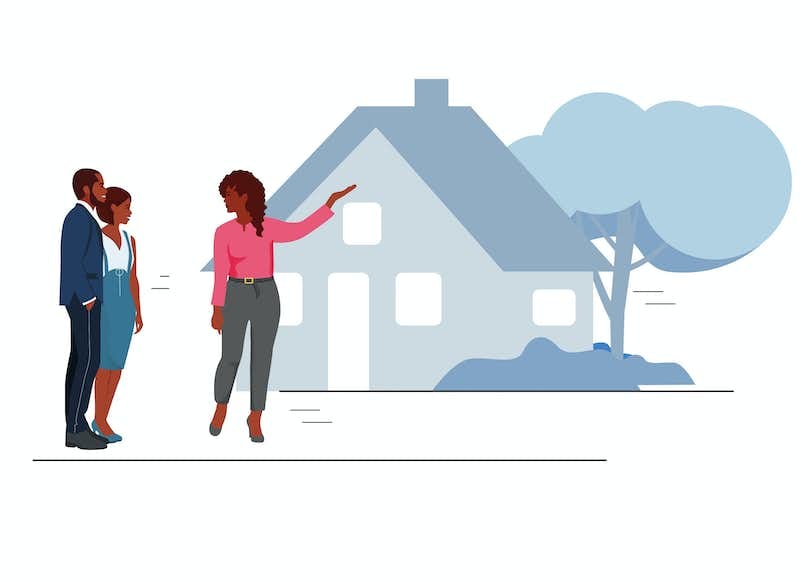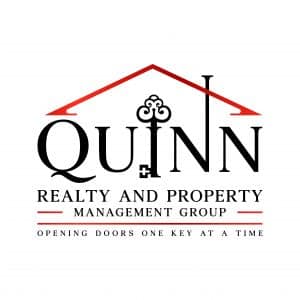Optimizing Residential Property Administration Workflow for Long-Term Productivity and Tenant Retention

Efficient Communication Methods
Clear and effective communication ensures that all stakeholders, including home owners, occupants, upkeep staff, and management, are on the very same page, leading to smoother procedures and increased occupant complete satisfaction. Residential property supervisors ought to plainly outline lease terms, maintenance procedures, and interaction networks to stay clear of misconceptions down the line.
Utilizing modern technology can likewise greatly improve interaction efficiency in home management. Carrying out building management software application that enables for real-time updates, automated alerts, and very easy documentation can improve communication procedures and boost general functional efficiency. In addition, normal interaction through different channels such as email, call, and in-person conferences can assist cultivate favorable relationships with tenants and deal with any problems without delay.
Technology Integration for Maintenance
In the realm of property administration optimization, a crucial element that improves operational efficiency and maintenance processes is the integration of technology for streamlining maintenance jobs. By including modern technology right into maintenance operations, residential or commercial property managers can gain from boosted job order administration, positive maintenance organizing, and boosted communication with maintenance teams and tenants.
One significant benefit of technology integration in upkeep is the capability to systematize work orders and track maintenance requests electronically. This enhances the process of obtaining, assigning, and completing upkeep tasks, leading to quicker feedback times and boosted occupant contentment. Predictive upkeep innovations can help in recognizing potential concerns before they intensify, decreasing the likelihood of expensive repairs and lessening downtime.

Data-Driven Choice Making
Utilizing data-driven understandings encourages building supervisors to make informed choices that optimize functional efficiency and optimize asset efficiency. Quinn Realty and Property Management. By leveraging data analytics devices and modern technologies, building supervisors can remove important details from various resources such as renter responses, upkeep documents, and market patterns. This information can supply important understandings into lessee preferences, functional bottlenecks, and cost-saving possibilities
Data-driven decision-making allows building supervisors to determine patterns and fads that might not appear via conventional observation. For example, examining upkeep data may expose persisting issues in specific devices, permitting managers to proactively deal with underlying problems and protect against future costly repair work. Moreover, by monitoring occupant satisfaction metrics and lease renewal rates, home managers can tailor their solutions to satisfy occupant assumptions, eventually enhancing occupant retention and lasting productivity.
Moreover, data-driven understandings can likewise educate calculated investment decisions by highlighting areas for improvement or development based on market demand and efficiency metrics. Generally, integrating data-driven decision-making processes right into building monitoring operations can lead to a lot more effective resource appropriation, enhanced tenant satisfaction, continue reading this and raised profitability in the future.
Lessee Fulfillment Initiatives
Attracting understandings from data-driven decision-making, home managers can carry out targeted tenant contentment initiatives to boost general leasing experiences and foster long-term occupant relationships. By comprehending tenant choices and pain factors, home supervisors can tailor their solutions to meet the details needs of their lessees, ultimately causing greater contentment degrees and enhanced occupant retention prices.
One effective occupant satisfaction campaign is to establish clear lines of interaction with occupants to deal with any type of concerns immediately. Normal responses surveys can likewise give important understandings right into lessee complete satisfaction degrees and areas for enhancement. Building managers can use this comments to make needed adjustments and Resources reveal lessees that their opinions are valued.

In addition, arranging area events and amenities that deal with the interests of tenants can create a sense of belonging and boost general fulfillment. By promoting a engaging and positive neighborhood atmosphere, home managers can strengthen tenant relationships and encourage lasting leases, inevitably improving earnings and renter retention in the long run.
Improving Operational Procedures
One essential element of streamlining operational procedures is the assimilation of modern technology options such as property administration software program, which can automate jobs, streamline communication, and supply real-time data understandings. By digitizing procedures like upkeep requests, lease collection, and lease renewals, home supervisors can conserve time, reduce errors, and improve occupant contentment.
Moreover, executing standardized treatments and process can assist produce uniformity throughout properties, decrease confusion, and streamline daily operations. On a regular basis assessing and optimizing these procedures is necessary to adapt to transforming market problems, occupant requirements, and regulative requirements. By constantly looking for methods to enhance functional processes, residential or commercial property supervisors can not just boost their own effectiveness but also provide better solutions to occupants, eventually resulting in long-lasting earnings and occupant retention.
Conclusion
In conclusion, maximizing property monitoring procedures through effective communication, technology integration, data-driven decision production, occupant fulfillment initiatives, and streamlining procedures is vital for long-lasting profitability and lessee retention. By carrying out these techniques, residential or commercial property managers can improve functional performance, minimize prices, and improve lessee contentment, eventually leading to increased productivity and renter commitment. It is vital for residential or commercial property monitoring companies to continually assess and readjust their operations to satisfy the evolving requirements of both occupants and the market.
Clear and reliable communication makes certain that all stakeholders, including residential or commercial property proprietors, renters, upkeep team, and administration, are on the very same page, leading to smoother operations and boosted tenant fulfillment - Quinn Realty and Property Management. By monitoring renter contentment metrics and lease renewal prices, property managers can customize their services to meet occupant assumptions, inevitably improving occupant retention and long-lasting productivity
By continuously seeking methods to enhance functional processes, residential or commercial property supervisors can not just raise their own effectiveness but likewise provide much better services to renters, eventually leading to lasting profitability and tenant retention.
In conclusion, optimizing home administration procedures via reliable interaction, innovation combination, data-driven decision making, renter fulfillment efforts, and improving processes is important for long-lasting success and renter retention (Quinn Realty and Property Management). By executing these strategies, residential this content or commercial property managers can boost functional effectiveness, decrease costs, and boost lessee fulfillment, eventually leading to enhanced profitability and lessee loyalty